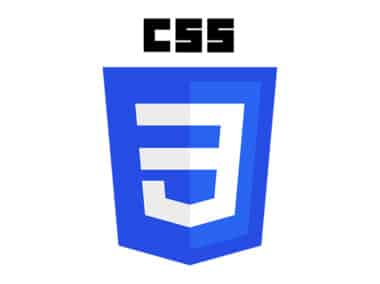React is a popular JavaScript library used for building complex web applications with ease. One of the core concepts in React is the use of Props and State to manage data within components.
Props
Props, short for properties, are used to pass data from a parent component to a child component. They are read-only and cannot be modified by the child component.
The use of Props is essential when developing React applications. It allows developers to organize their code in a more modular manner, making it easier to maintain and update. It also helps to improve the performance of the application by reducing the amount of data that needs to be passed between components.
To pass data using props, you simply add the data as an attribute to the child component when rendering it in the parent component. For example:
<ChildComponent data={props.data} />
In the above example, the parent component is passing its data to the child component through the data attribute. The child component can then access this data using props.data.
State
State, on the other hand, is used to manage data within a component. It is mutable and can be changed by the component itself. When the state of a component changes, React will automatically re-render the component and its children.
The use of State is also essential when developing React applications. It allows developers to create dynamic and interactive user interfaces that can respond to user input and update the interface accordingly.
To use state in a component, you first need to initialize it in the component’s constructor function. For example:
class MyComponent extends React.Component {
constructor(props) {
super(props);
this.state = { count: 0 };
}
render() {
return (
<div>
<p>Count: {this.state.count}</p>
<button onClick={() => this.setState({ count: this.state.count + 1 })}>
Increment
</button>
</div>
);
}
}
In the above example, the count variable is initialized in the constructor function as part of the component’s state. When the increment button is clicked, the component’s state is updated using the setState method, which triggers a re-render.
Conclusion
In conclusion, props and state are two important concepts in React that are used to manage data within components. Understanding the difference between props and state is essential for building complex React applications. By using props and state effectively, developers can create modular, dynamic, and interactive user interfaces that are easy to maintain and update.




